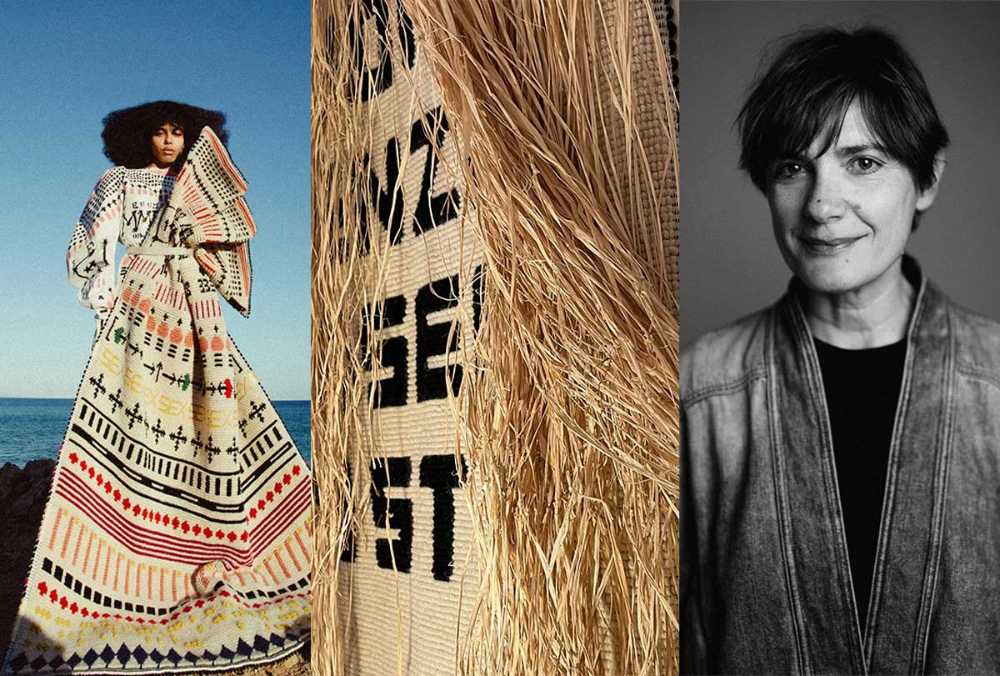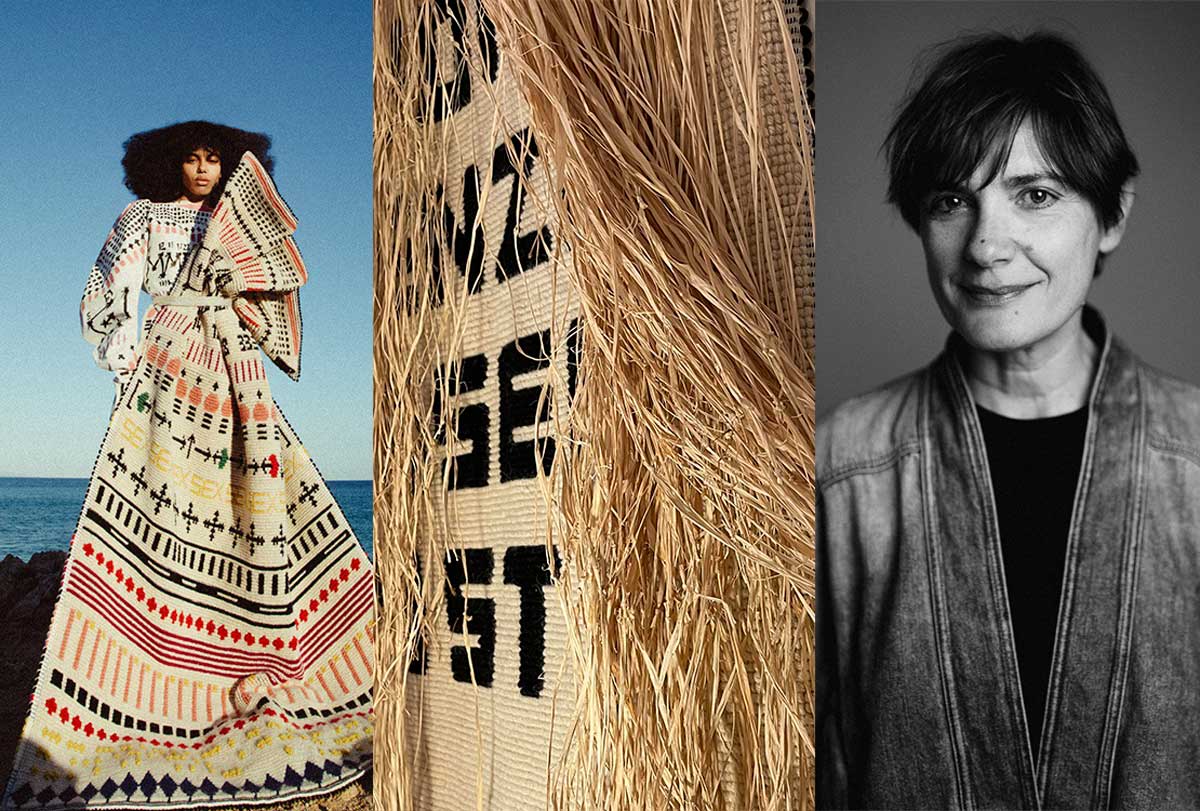#1 answer
Weaving is an ancient language, but in your work it becomes a contemporary expressive medium. When did you realize that thread and loom would be your tools for artistic exploration?
I wanted to be a writer, human beings are what interest me the most. But writing requires talent and knowledge, passion alone is not enough. Carpets and tapestries have always told stories and I had a tool at my disposal. My main work involves writing my client's story on the tapestry. It's a kind of portrait I create for them, similar to what was done with painting or photography: I meet them, they tell me their story, I write down as much information as I can gather, then I go home, analyze the narrative, condense it into symbols, and have it woven. So, it's a three-handed job, the client providing the content of the work, me translating it, and the weaver executing it.
#2 answer
Your work moves between abstraction and material, gesture and structure. Does your textile project originate from the material, the concept, or the design?
I would like to say it originates from the material, but that's not the case. It undeniably starts from the concept: since it's not just a product or a design object, the work must begin with a strong foundation. If I don't have a message to convey, whether it's ethical, philosophical, political, or ecological in nature, no matter how small my perspective, the work wouldn't come into being. I feel it's a duty, if I have nothing to say, I say nothing, the work cannot exist.
















